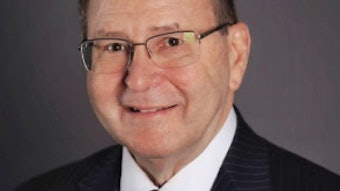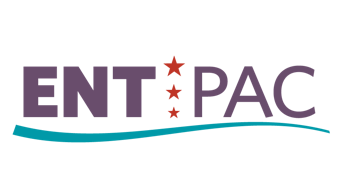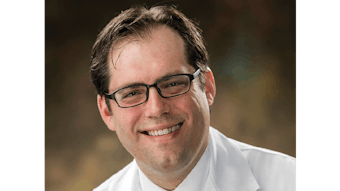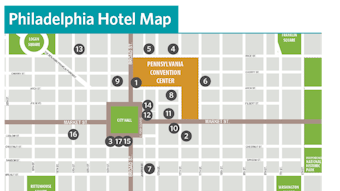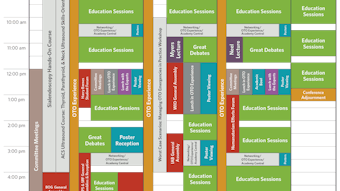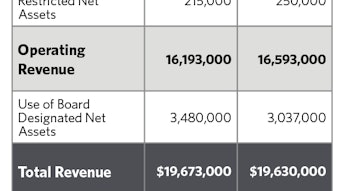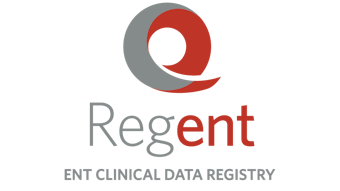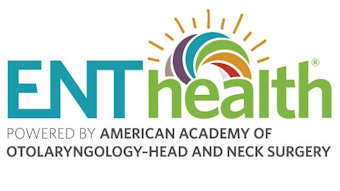OUT OF COMMITTEE: Veterans Affairs | Veterans Affairs and Otolaryngology: Current Perspectives and the MISSION Act
Did you know that the Veterans Health Administration is the largest integrated healthcare system in the country, serving nine million veterans and employing about 370,000 full-time health professionals at 1,300 healthcare facilities?
Ameya A. Asarkar, MD, and Reena Dhanda Patil, MD, for the Veterans Affairs Committee
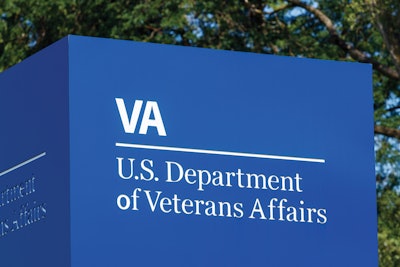
Dedicated care for veterans began as early as 1789 when the U.S. government ensured pensions for disabled Revolutionary War veterans and increased after the Civil War left the Union with 1.9 million veterans, many of whom were disabled and indigent. Growth of medical centers for veterans has especially accelerated over the past 100 years, particularly after World Wars I and II. At the end of World War II, there were approximately 15 million veterans in the U.S., and all 97 VA hospitals were filled to capacity. In response, the VA opened 54 new hospitals over the next five years, many of which followed standardized building plans—these are the hospitals many of us remember from various phases of our careers.2 Some of these facilities have been modernized, but many bear the original footprint of those built more than 50 years ago!
Academic affiliations with VA medical centers became integral to providing the necessary specialized care to millions of soldiers who became veterans after World War II. Today, the VA Office of Affiliate Education emphasizes a tripartite mission with its affiliates: patient care, education, and research. Currently, three-quarters of U.S. physicians receive at least part of their training at VA facilities working with academic medical centers, and 90% of U.S. medical schools collaborate with VA centers to provide medical education.3 As a result, the majority of otolaryngologists practicing in the U.S. today have spent time working with patients at a VA facility and many consider it a valuable portion of their education and training.
Over time, various demographic, economic, and political pressures have shifted delivery of patient care at VA facilities with models of fee-basis care outside VA becoming increasingly common over the past two decades. The latest legislation that affected veterans’ ability to seek care outside the VA is the Maintaining Internal Systems and Strengthening Integrated Outside Networks Act of 2018 (MISSION Act), which grew out of its predecessor, the Veterans Choice Program (2014-2018). As former VA Secretary Robert Wilkie stated, “[The MISSION Act] will put veterans at the center of their care and offer options… so they can find the balance in the system that is right for them.”4
The MISSION Act has affected care for many veterans and also has allowed community otolaryngologists to become caregivers for these patients within their non-VA offices. An important determinant of patient outcomes is the timeliness in receiving care and this has been one of the main drivers behind the MISSION Act. For specialty clinics, veterans are eligible for community healthcare if the VA is unable to provide care within a specified wait time of 28 days or if the veteran lives beyond the maximum drive time of 60 minutes from the VA facility. The MISSION Act not only stresses access to care but also emphasizes the need for high-quality healthcare. An important addition to community care eligibility has been the “in the veterans best medical interest” criterion as determined by the veteran and the VA primary care provider.5 Table 1 enumerates eligibility criteria under the MISSION Act 2019.
Despite the MISSION Act’s intentions to provide excellent care, both patients and providers have reported significant challenges in navigating the process of accessing community care. Difficulties range from finding a provider who has the time and interest in offering the specialty care needed to duplicating investigations due to inability of the community provider to access patient records from the VA electronic health record. To circumvent these issues, the MISSION Act has implemented provisions wherein community care networks facilitated by third-party administrators have been created to provide the medical services to the eligible veterans.5 Furthermore, the VA uses a software platform, HealthShare Referral Manager, to improve the referral and preauthorization along with improved information sharing between VA and non-VA providers.6 This unified platform is available to all community providers both within and outside the network.
Although these efforts have mitigated certain difficulties in coordinating community care, some providers and patients express frustration in accessing community care in a timely and efficient manner. Research suggests that coordination among different healthcare systems to ensure continuity of care can be arduous in some situations for both VA and non-VA providers. Furthermore, monitoring the quality of care offered by every community healthcare provider may be impractical. In the past, providers have also expressed concerns with timely reimbursements for services provided, especially under the Veterans Choice Program. The MISSION Act recognizes these pitfalls and formally addresses them through its provisions; however, providers in certain areas have been reluctant to participate in the new community care program due to their past experiences.7
What is the future of the VA in medical education and residency training? How will the MISSION Act evolve as the financial and political pressures of various administrations affect its implementation and funding? These are questions that remain highly relevant to our specialty, as the majority of otolaryngology training programs in the U.S. remain affiliated with VA medical centers. Residents often spend a significant portion of their five years of training committed to otolaryngology services at VA facilities. Although the Congressional Budget Office estimates that VA’s costs for community care grew from $7.9 billion in 2014 to $17.6 billion in 2021,8 the pendulum may swing in the other direction with regard to funding, and we may find consolidation of care firmly centering once again in the physical auspices of dedicated VA facilities. Despite uncertainties in the long-term structures surrounding care of U.S. veterans, our VA otolaryngology providers continue to enjoy a close relationship with the wonderful population of veteran patients and gain tremendously from the educational experiences within VA as students and trainees.
References
1. U.S. Department of Veterans Affairs. About the Veterans Health Administration. Accessed February 27, 2022. https://www.va.gov/health/aboutvha.asp.
2. Department of Veterans Affairs Fast Facts. CNN.com. Updated November 1, 2021. Accessed February 27, 2022. https://www.cnn.com/2014/05/30/us/department-of-veterans-affairs-fast-facts/index.html.
3. VA & Academic Medicine: Partnering for Veterans’ Health. Association of American Medical Colleges. Published 2015. Accessed February 27, 2022. https://www.aamc.org/media/26471/download.
4. U.S. Department of Veterans Affairs. VA launches new health care options under MISSION Act. Published June 6, 2019. Accessed February 27, 2022. https://www.va.gov/opa/pressrel/pressrelease.cfm?id=5264.
5. Adams M A, Sayre GG, Saini SD The VA MISSION Act and community care for veterans: what every community GI doc needs to know. Am J Gastroenterol. 2019;114(8):1189-1191.
6. U.S. Department of Veterans Affairs. HealthShare Referral Manager. Accesses February 24, 2022. https://www.va.gov/communitycare/providers/Care_Coordination.asp#HSRM.
7. Mattocks KM, Kroll-Desrosiers , Kinney R, Elwy AR, Cunningham KJ, Mengeling MA. Understanding VA’s use of and relationships with community care providers under the MISSION Act. Medical Care. 2021;59(suppl 3):S252-S258. doi: 10.1097/MLR.0000000000001545.
8. U.S. Congressional Budget Office. The Veterans Community Care Program: background and early effects. Published October 2021. Accessed February 24, 2022. https://www.cbo.gov/publication/57583#footnote-003.
